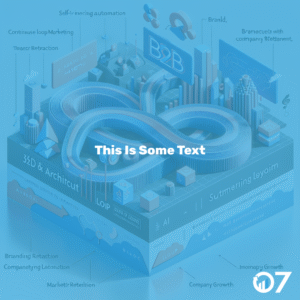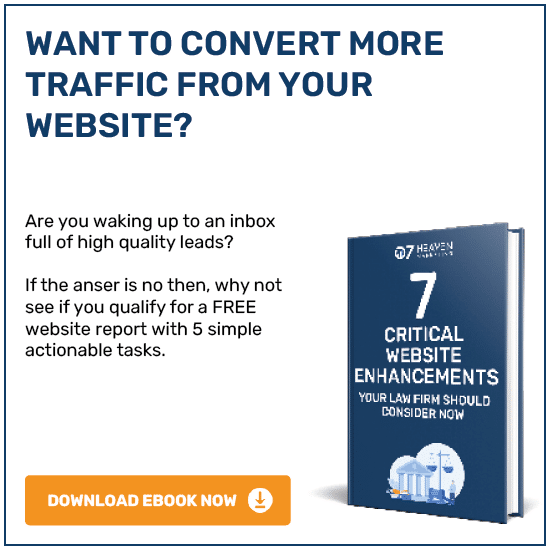Good website design is a combination of aesthetics and functionality that creates a seamless user experience. Here are some key elements that make for a great website design:
-
Visual appeal: A good website should have a visually pleasing design that is consistent and easy on the eyes. This includes the use of colour, typography, and images that are harmonious and complement each other.
-
Navigation: A good website should have a clear and intuitive navigation structure that makes it easy for users to find what they are looking for. This includes a simple and consistent menu structure and clear labelling of sections and pages.
-
Mobile-first design: A good website should be designed with a mobile-first approach, meaning it should be optimised for smaller screens and touch-based navigation. This ensures that the website provides a great experience on all devices.
-
Accessibility: A good website should be accessible to users with disabilities, and should comply with web accessibility guidelines. This ensures that the website can be accessed by a wider audience and is inclusive for everyone.
-
Content hierarchy: A good website should have a clear hierarchy of information, with the most important content given prominence. This includes using headings and subheadings, bullet points, and white space to create a logical flow of information.
-
Branding: A good website should reflect the company’s brand, including the use of brand colors, logo, and typography. This helps to create a consistent brand experience and helps users to easily identify the company.
-
Interactive elements: A good website should include interactive elements such as forms, buttons, and animations, to make the website more engaging and interactive.
-
Flexibility: A good website should be flexible to accommodate future changes and updates. This can be achieved by using a responsive design, which adapts to different screen sizes, or a modular design which allows to add or remove parts of the website easily.
-
Loading speed: A good website should load quickly, even on slow internet connections. This can be achieved by using optimised images, minifying code, and using a Content Delivery Network (CDN).
-
Testing: A good website design should be user-tested to ensure that it is intuitive, easy to use and provides a great experience for the users.
Overall, good website design is about creating a visually pleasing, easy-to-use, and accessible website that reflects the company’s brand and provides a great user experience. This can be achieved by following best practices and guidelines, and by paying attention to details and user feedback.
For further insights and guidance, we invite you to explore our blog at 07hm.co.uk/blog. Here, you’ll find a wealth of information tailored to the needs and challenges of SMEs navigating the digital landscape. Additionally, if you have specific questions or need personalised advice, don’t hesitate to reach out to us via email at info@07hm.co.uk or telephone on 01702 410663.






